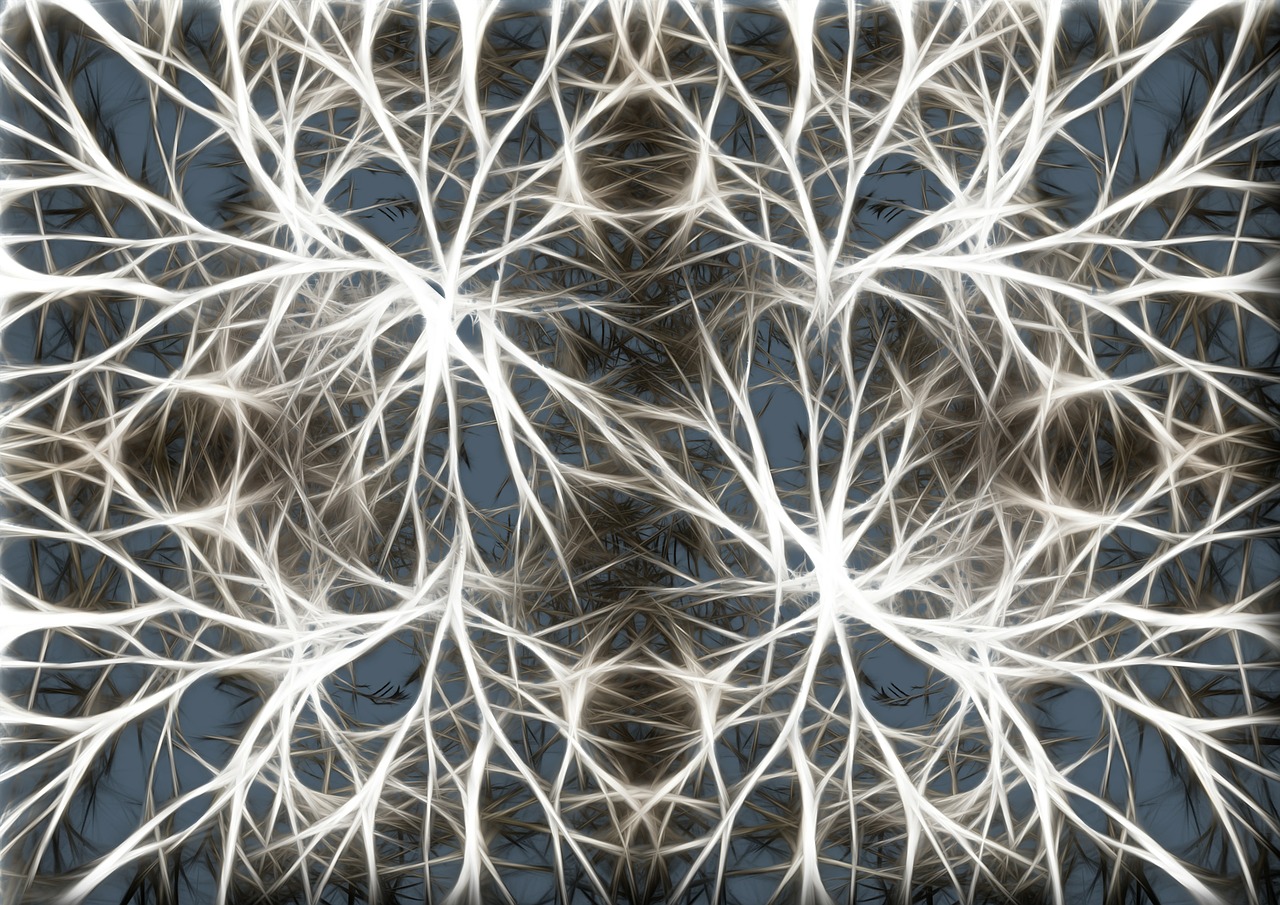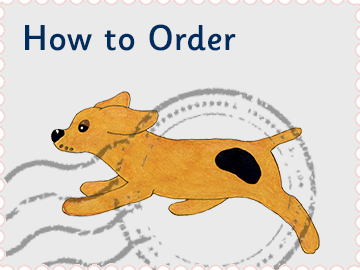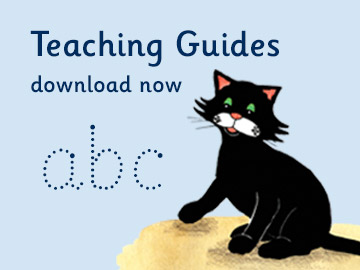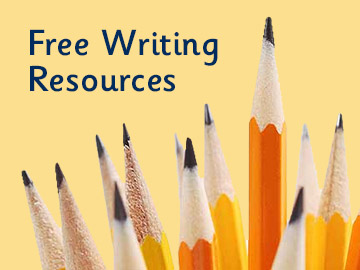How Do Children Learn To Read?

A short summary from Reading in the Brain by Stanislas Dehaene, published 2009.
Dehaene uses Uta Frith’s three step model of reading acquisition as the psychological basis of how children learn to read.
Frith’s psychological model of reading acquisition is:
Step 1. Logographic or pictorial stage
Step 2. Phonological stage
Step 3. Orthographic stage
1. Logographic or pictorial stage.
Early in the book Dehaene explains that the brain has specific visual recognition areas where faces and objects are recognised by young children prior to learning to read.
He then goes on to explain the pictorial stage as the child’s attempts to read words (including their meaning) by their shape, letter patterns, letter shapes, colours, curvature, etc., using the face/object recognition area of the brain.
…. ‘the visual system attempts to recognise words as though they were objects and faces. It relies on the available visual features: shapes, colour, letter orientation, curvature … ‘. (page 200)
2. Phonological stage.
In this stage the child learns to attend to smaller units within words such as isolated letters and syllables, etc. This is when graphemes are linked to sounds within speech and the child becomes aware of phonemes.
‘The brain’s visual areas learn to break down the words into letters and graphemes’ (page 202)
…. ‘each reading lesson leads to a neuronal reconversion: some neurons previously concerned with object or face recognition are committed to letters; other to frequent bigrams; yet others to prefixes, suffixes, or recurring words.’ (page 205)
…. ‘In parallel the neuronal code for spoken language is in flux.’ (page 205)
…. ‘Somehow as phonemic awareness emerges, the code explodes into a more refined structure where phonemes are explicit.’ (page 205)
…. ‘Finally, if we could track nerve fibres during development, and sort them depending on function, we would see a regular, comb-like projection appear that links each visual unit to its corresponding pronunciation’ (page 205)
He discusses the basic question of which comes first, the phoneme or the grapheme, as a situation similar to the chicken and egg problem.
After giving arguments for both sides, Dehaene concludes that
…. ‘In the final analysis, the relation between grapheme and phoneme development is probably one of constant reciprocal interaction or ‘spiral causality’. The acquisition of letters draws attention to speech sounds, the analysis of speech sounds refines the understanding of letters, and so on in a never-ending spiral that leads to the simultaneous emergence of the grapheme and the phoneme.’ (page 203)
3. Orthographic stage.
In this stage reading becomes fluent. Reading time no longer depends on the length of words. It becomes increasingly dependent on how often words are encountered. This is an indication that there are two routes to reading. One route goes straight to meaning, whilst the other route accesses phonology first. As fluency increases, words are read ‘in a parallel procedure such that the brain ‘computes’ meaning and pronunciation simultaneously.’
‘But, brain imaging tools do not allow us to track reading progress directly in the child’s brain’. (page 205) Only ‘snapshots’ are available.
So what do we know for sure?
Prior to reading, when a child sees a word, there is no trace on a brain image of activity converging towards the left hemisphere. There is no activity centred on the left occipito-temporal area (i.e. visual word form area or ‘letterbox’ area).
In the earliest stages of learning to read, activity is seen in both the right occipito-temporal region and the left occipito-temporal region. Dehaene speculates that this is the ‘pictorial‘ stage.
At age 7, a burst of activity in both hemispheres appears on brain images when children see printed words (as opposed to meaningless strings of geometric shapes). The letterbox area (visual word form area) shows visible activity in the left occipito-temporal cortex. The lateral temporal regions also show activity. (Where the analysis of speech sounds occur and meaning is accessed.) He concludes that this is when letters are turned to sounds in the brain and words are pronounced mentally or out loud.
As reading improves, the activation of the left occipito-temporal region increases at the precise location of the adult letterbox area. There is also a decrease in the activation of the right occipito-temporal region (indicating a ‘pruning process‘).
As well as these responses in the visual cortex, there are considerable changes in the language areas of the left hemisphere (superior temporal sulcus and the left inferior prefrontal cortex (Broca’s area)) where articulatory and auditory processes are shared with the access to meaning network.
At age 10, the letterbox area is still not fully formed. It only reaches full maturity at the beginning of adolescence. (No explanation here.)
…. ‘But the precise pathways for conversion from letters into sounds are not yet fully understood.‘ (page 109)
This means that although activation can be seen, we cannot say for sure what happens in the brain areas.
How is the act of reading seen in the brain images of literate adults?
Dehaene describes the act of reading as seen in the adult brain in figure 2.17 on page 103.
Activation starts in the occipital pole, which is associated with early visual processing, at around 100 milliseconds.
By 170 milliseconds it extends into the occipito-temporal region, i.e the brain’s letterbox (visual word form area) in the left hemisphere.
Immediately afterwards, at 250 milliseconds, there is an explosion of activity in the multiple temporal regions as well as the frontal regions in the left hemisphere. (These are the areas shared with spoken word processing and also access to meaning)
Finally, after 300 milliseconds, the activity moves into the temporal pole, the anterior insula and Broca’s area. (These areas are also associated with hearing sound patterns, the articulation of spoken words and access to meaning.)
This intense activation pattern continues for several hundred milliseconds, with a further foray into the frontal regions (associated with sound and meaning) and a return to the posterior visual regions.
The results indicate that there are two routes to reading; one route goes straight to meaning, whilst the other route involves the activation of the phonological network prior to the meaning network.
When adult readers see common words, as well as those with irregular spellings, the lexical (word recognition) area in the left middle temporal lobe is activated. This is where a semantic convergence zone is also situated. (This indicates that the word has been understood.) Later a secondary wave is seen in the auditory areas. (This indicates that it has been mentally pronounced.)
However, scientists still do not know how meaning is actually coded in the brain cortex.
All they really know is that sometimes when we see a string of letters the meaning network is activated first, whilst at other times the language and sound areas (phonological) are activated first.
I have picked out three sentences from the book that sum up Dehaene’s position for me.
1. ‘We do not understand the causal chain that links visual and linguistic acquisition.‘
2. ‘The precise pathways for conversion from letters into sounds are not fully understood.’
3. ‘Brain imaging tools do not allow us to track reading progress directly in the child’s brain.‘
These sentences serve to remind us that ‘how children learn to read’ is still not fully understand within the workings of the brain. Click on the link below for chapter summaries of the book and the brain imaging pictures described.





